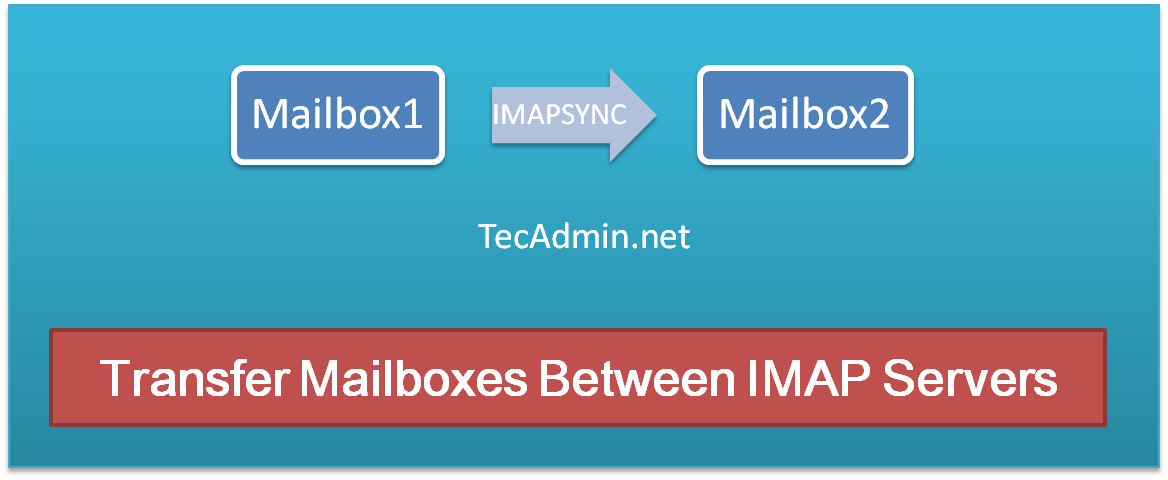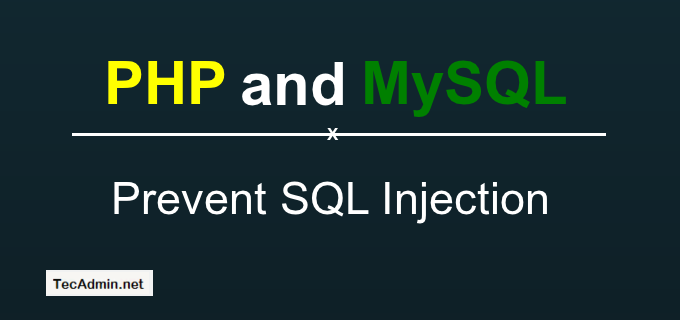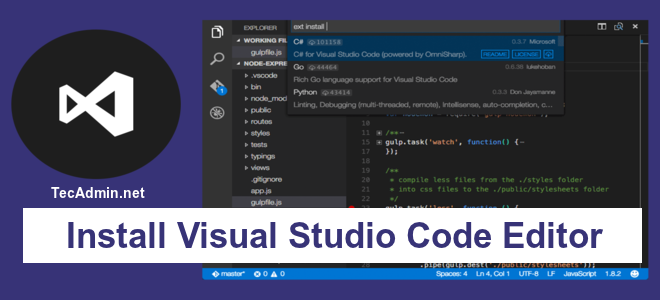Erlang is a programming language used to build massively scalable soft real-time systems with requirements on high availability. Erlang runtime system has built-in support for concurrency, distribution and fault tolerance. This tutorial will help you to install Erlang on Ubuntu 18.04 and 16.04 using PPA. Step 1 – Adding Repository First, use the following commands to add erlang apt repository on your system. You can simply download erlang repository package from its official website and install on your system. wget https://packages.erlang-solutions.com/erlang-solutions_1.0_all.deb sudo dpkg -i erlang-solutions_1.0_all.deb Step 2 – Install Erlang on Ubuntu Now, you can install an erlang package on…
Author: Rahul
Imapsync is an IMAP transfer tool used for copying emails from one IMAP server to another IMAP server. This article will help you to install imapsync on Ubuntu, Debian, and LinuxMint systems and transfer all your Mailboxes and emails between two IMAP servers. Read this => How To Install Postfix Mail Server on Ubuntu Step 1 – Install Imapsync Imapsync package is available under EPEL package repository. First make sure you have added EPEL on your system or install it first. $ sudo yum install epel-release Now, install imapsync package using following command. $ sudo yum install imapsync At this…
One of the most common tasks in PHP programming is to determine whether a string contains a particular substring. This operation is essential for various applications, such as searching for keywords in user input, validating user data, or filtering strings based on certain conditions. In this article, we will explore different techniques to check if a string contains a substring in PHP. We will cover functions like strpos(), strstr(), stripos(), and stristr() and explain their use-cases, advantages, and limitations. 1. Using strpos() The strpos() function is a popular and efficient method for checking if a string contains a substring. It…
Securing access to your web applications is essential, and one of the simplest methods to do so is by using HTTP authentication. NGINX, a popular web server and reverse proxy server, provides an easy way to enable HTTP authentication using the Basic authentication scheme. This article will walk you through the process of implementing HTTP Basic authentication on NGINX in a step-by-step manner. HTTP Basic authentication is a simple authentication method that requires a user to provide a username and password to access the protected resources. The credentials are sent as a base64-encoded string in the HTTP header. While this…
A universally unique identifier (UUID) is a string of characters used to identify a specific virtual disk. The UUID of a virtual disk can be changed for various reasons, such as to avoid duplication or to keep the virtual disk separate from others with the same name. Here is a step-by-step guide on how to change the UUID of a virtual disk in Linux. VirtualBox provides an utility named VBoxManage to create the clone of existing disk. In case you already created a copy of the disk and try to create the VM using this. You will face an issue…
This tutorial will help you to prevent SQL inject in PHP. In this tutorial first, check a basic example of SQL injection process. How can users steal data from your website using SQL injection? This tutorial also includes methods to prevent SQL injection using PHP-MySQLi and PHP-PDO drivers. Simple SQL Injection Example For example, A have a website for Bank. You have provided a web interface to bank customers to view their account number and balance. Your Bank website uses URL like http://example.com/get_account_details.php?account_id=102 to fetch details from the database. For example get_account_details.php have code something like below.
1 2 | $accountId = $_GET['account_id']; $query = "SELECT accountNumber, balance FROM accounts WHERE accountId = $accountId"; |
Customers accountId…
The Python os.path module is used for the file or directory pathename’s manipulations. The method isfile() of this module is used to check if any file is available or not. Similarly exists() function returns true for files and directory exists. This tutorial includes: Check if file exists in Python Check if file is readable in Python Create directory if not exists in Python 1. Check if file exists For example, To test how isfile() and exists() functions work. Create a TestFile.py file using following content and execute it python. isfile() – function check if given input file exists and is…
How to upgrade to Ubuntu 17.04 from Ubuntu 16.10. Ubuntu 17.04 (Zesty Zapus) is a non LTS release. We don’t recommend users with production systems to upgrade this. The programmers or personal desktop users can upgrade to this release and enjoy its features. This tutorial will help you to Upgrade to Ubuntu 17.04 in easy way. Find details about Ubuntu 17.04 release date and features. Prerequisites This tutorial assumes that you have a running Ubuntu 16.10 system. Also, assumes you have shell access of system with sudo privileges. Step 1. Perform Backups We strongly recommended to backup all your important…
Sometimes we upgrade packages accidentally which is not to update. It also happens during the full update or automatic packages upgrade process. This creates serious issues on the server. For example, You need to exclude kernel, PHP, MySQL and Apache packages from getting updated while updating system via apt update. This tutorial will help you find the answer of how to exclude packages from Apt-get update? How to use exclude package in Ubuntu? How to prevent packages from auto update using apt? How to Exclude Specific Packages from Yum Update Hold or Exclude Packages from Upgrade Use the following command…
Visual Studio Code is a lightweight source code editor for JavaScript, TypeScript and Node.js Applications. It also has extensions for multiple other programming languages like C++, C#, Python, PHP, Go, etc. This tutorial will help you to install Visual Studio Code on OpenSUSE and SUSE Linux Enterprise operating system. How to Install Visual Studio Code Editor in Ubuntu & Debian How to Install Visual Studio Code Editor in Fedora & CentOS Note: Visual Studio Code is Different that Visual Studio IDE Step #1. Enable Package Repository Create a new file /etc/yum.repos.d/vscode.repo and edit in text editor. sudo vim /etc/yum.repos.d/vscode.repo Now…






